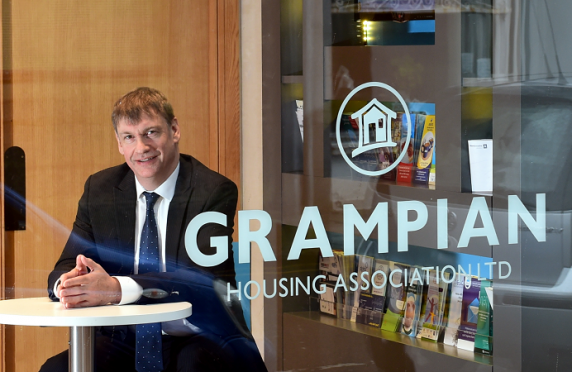Previous Chamber of Commerce “meet the minister” type events had been a bit more presidential, so when Greg Clarke, Secretary of State for Business, Energy and Industrial Strategy suddenly appeared and shook my hand I was temporarily confused, like an old-timer at a lunch club, and hadn’t even the presence of mind to stand up. It’s funny how you take away little first impressions – in his case: soft-spoken, genuine smile, nice handshake, touch of modesty and awkwardness. Not what I expected.
Greg’s portfolio is huge, although he had covered the energy bit as a shadow minster pre-2010. His title has a whiff of Keynesianism about it, and anything that gets away from an obsession for the City of London is music to my ears. It wasn’t lip service either, he was all for a bit of strategy, support for promising commercial sectors, and dropped into his conversation the importance of stimulating research and development. Only a couple of weeks into the job, his main theme was “Business and Brexit”, so it was about listening and reassuring, and lots of it.
With impeccable fairness the Chamber’s Liam Smyth ensured that all sectors got a chance to describe the issues they had, even social enterprises like Our Power (that was my pitch, by the way). Understandably significant time was spent on oil and gas, but I thought the most compelling statements were about the need to ensure central European employees’ right to stay. All sectors expressed concerns, and some faced significant threats to their businesses, the universities especially, but there was also a positive air in the room, a determination.
Interestingly some people voiced a desire to “ditch Hinckley” and spend the money developing a world leading expertise in renewables. One of the criticism of wind and solar is the lack of control, the difficulties of balancing supply and demand, the inefficiency that brings and the strain it puts on the grid.
The technical solutions are here or on their way: Tesla is doing great things with affordable large scale electrical batteries, Sunamp is working on innovative heat storage, other technologies: smart grids, smart meters, local demand management and balancing can help support use at or near the point of generation. I asked the Minister to support pump-priming these sectors, but also to deregulate or introduce flexibility into the energy market at community level. The regulation we have now is ancient, designed in a hurry in the 1990’s and a brake to enterprise, distorting the market in favour of the Big 6, and against innovative start-ups. And not content with this I also wanted him to push hard to complete the roll out of smart metering.
So why is a housing association CEO obsessing about generation and energy, and badgering a nice man like Greg Clark? Firstly, it makes sense. We all need to take responsibility for climate change. Until tidal is conquered, green generation needs to work with seasonality and the vagaries of the weather, and storage and demand management are the keys. Incentivising “avoided export” reduces the impact on the grid and the cost of upgrades, but it also creates business opportunity and can improve the effectiveness of community owned generation. But my main beef is with fuel poverty, at an individual level and within communities. Being able to store heat or power allows reductions in household costs, amongst other things it doubles the effectiveness of domestic PV installations.
Demand management at a settlement level can play a critical role in decarbonising the energy sector and allowing a community with renewables to use the power they see being generated. This is particularly important for places that are off-gas grid. It is a great irony that a huge proportion of the nation’s renewable generation is happening amongst the highest levels of fuel poverty in the UK.
Greg made no promises. He responded to the Hinckley question by observing that Theresa May was keen on detail and wanted to make sure the deal was right for the country. I’m not sure if that was a swipe at the previous incumbent. He also said there could be no immediate reassurance on issues like access to the Single Market, the free movement of labour, or the timing of the trigger for Brexit. I don’t think anyone seriously expected these, but the various business communities can be confident that the Minister is fully aware of the challenges the North-east faces. And from those first impressions I feel it’s possible that the Minister may ring some changes in the energy market to all our benefit.
Neil has been leading Grampian Housing Association for six years, prior to this he was at Angus Council. Neil’s ambition is to see Grampian Housing Association provide a sustainable solution to the North East housing crisis. He encourages proactive thinking across the political spectrum on the importance of affordable housing to working families, employers in all sectors, commerce and the economy.
